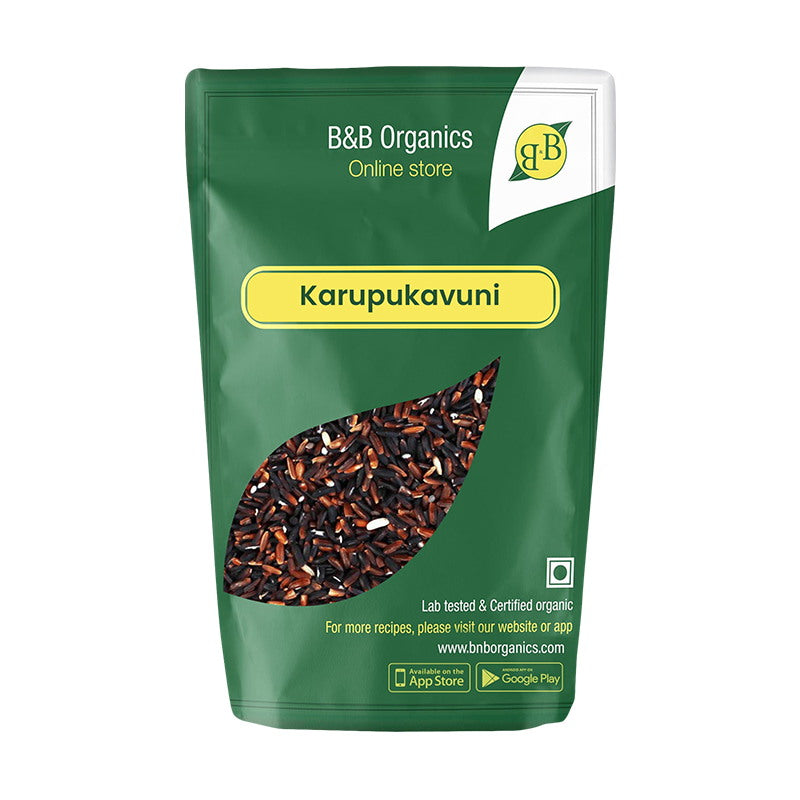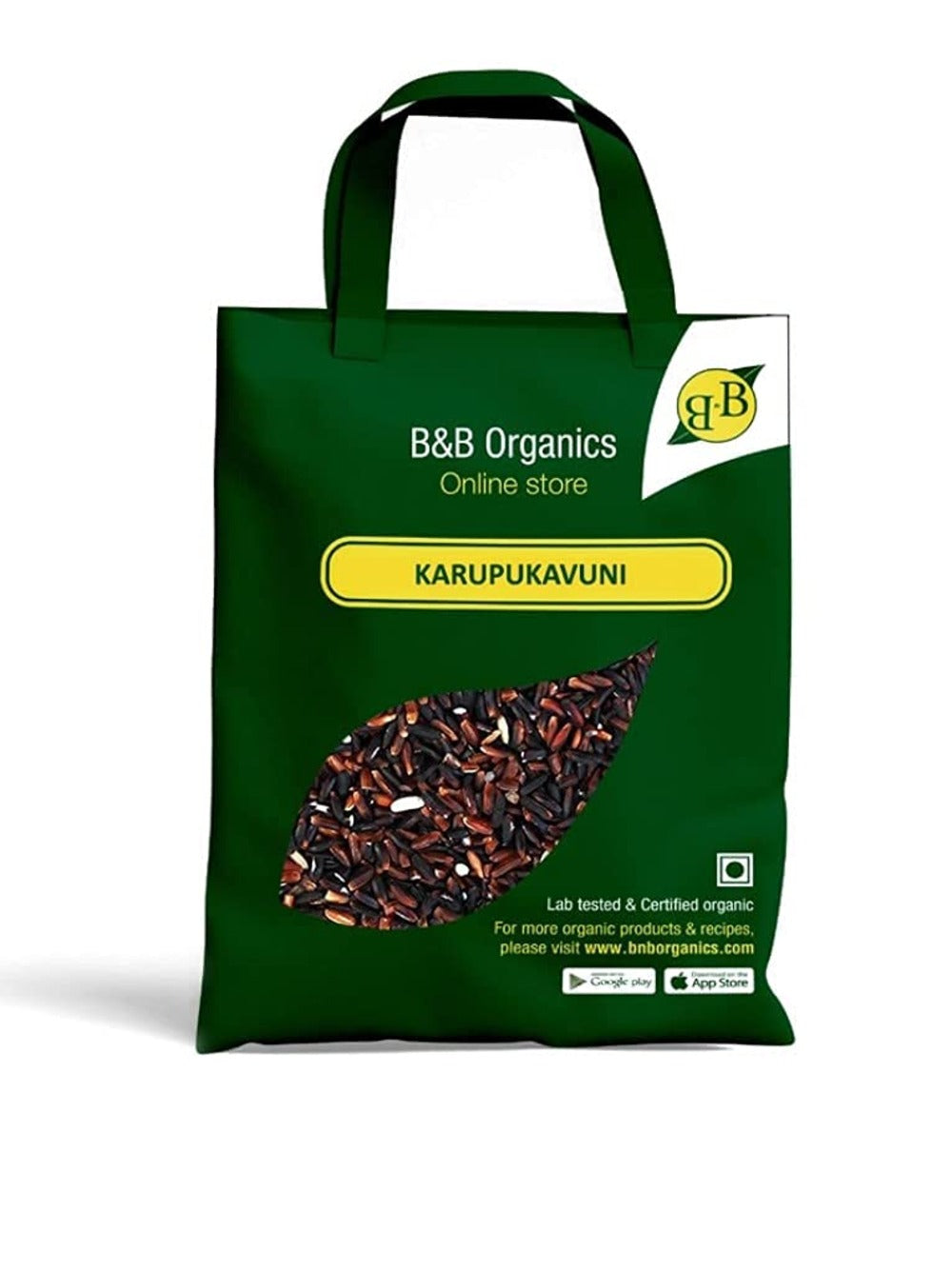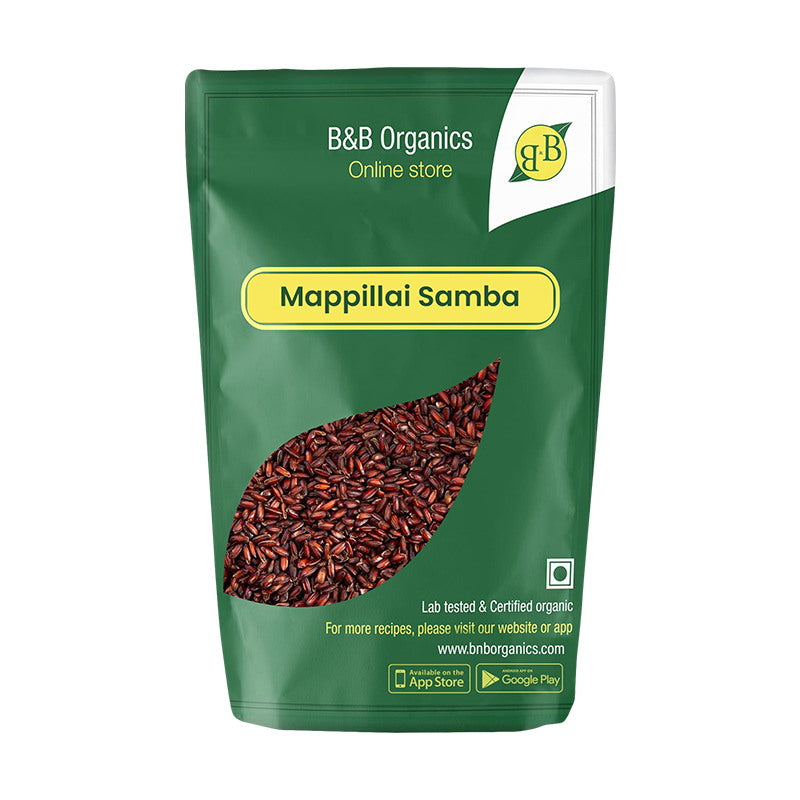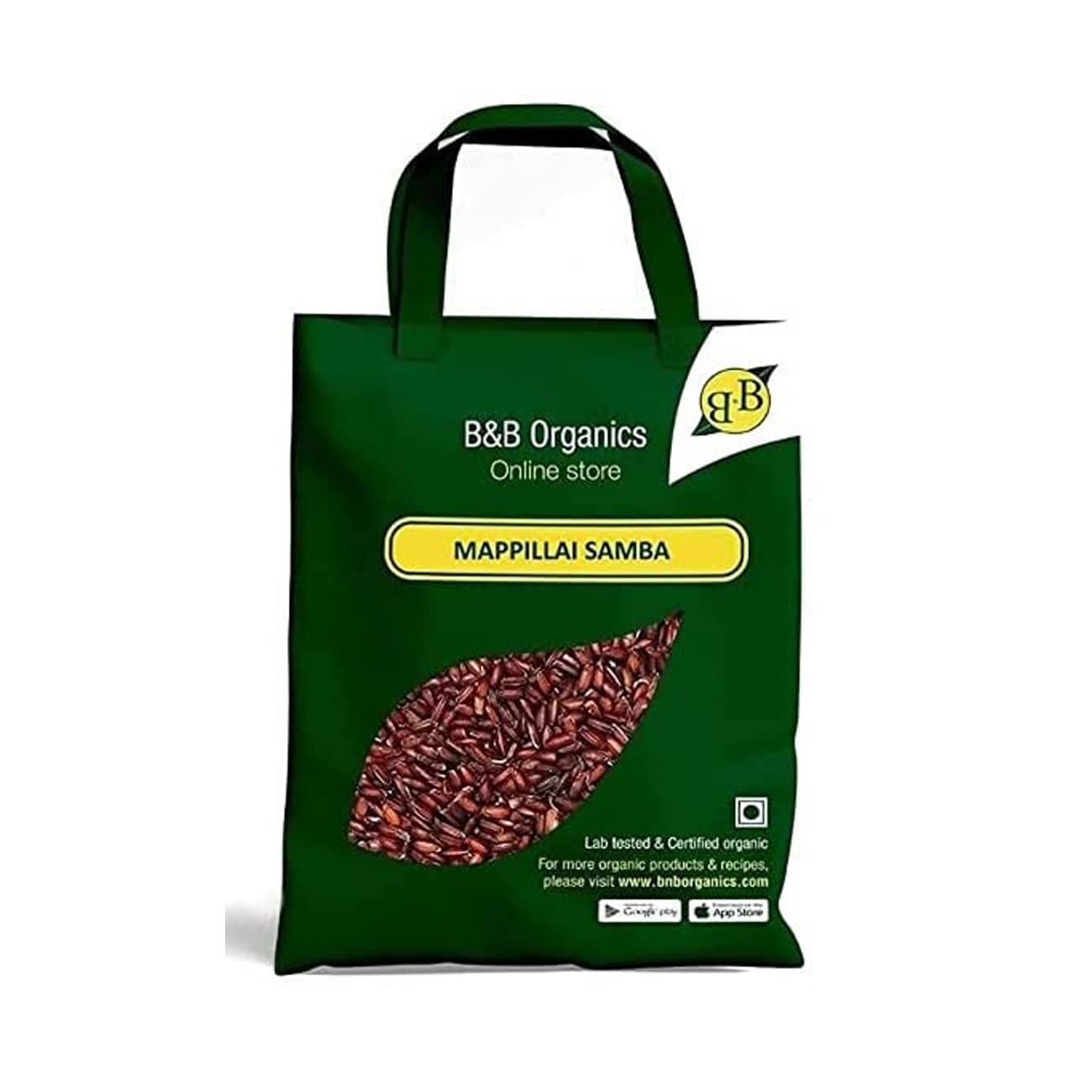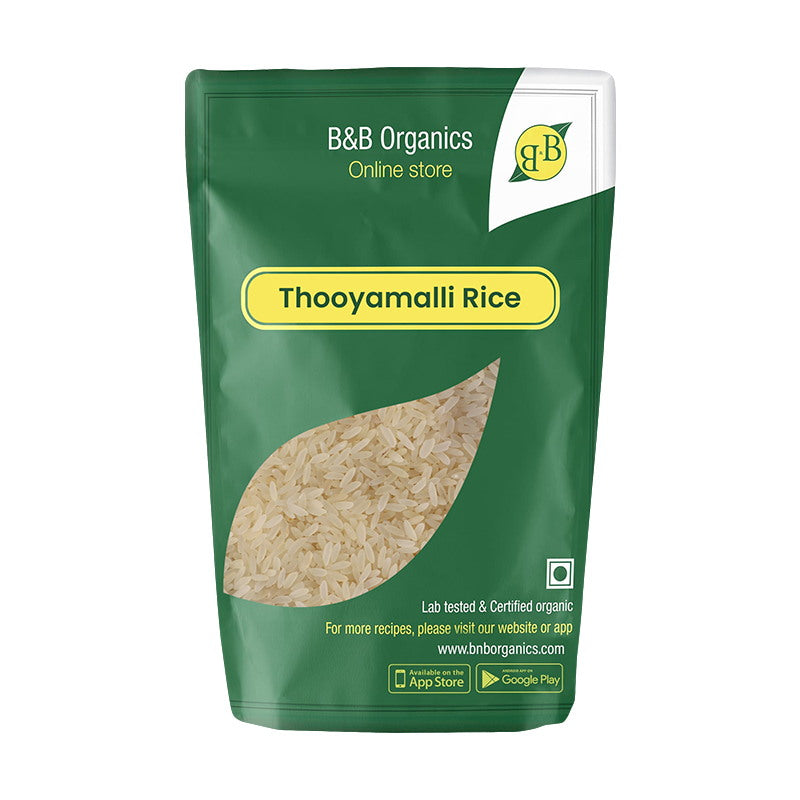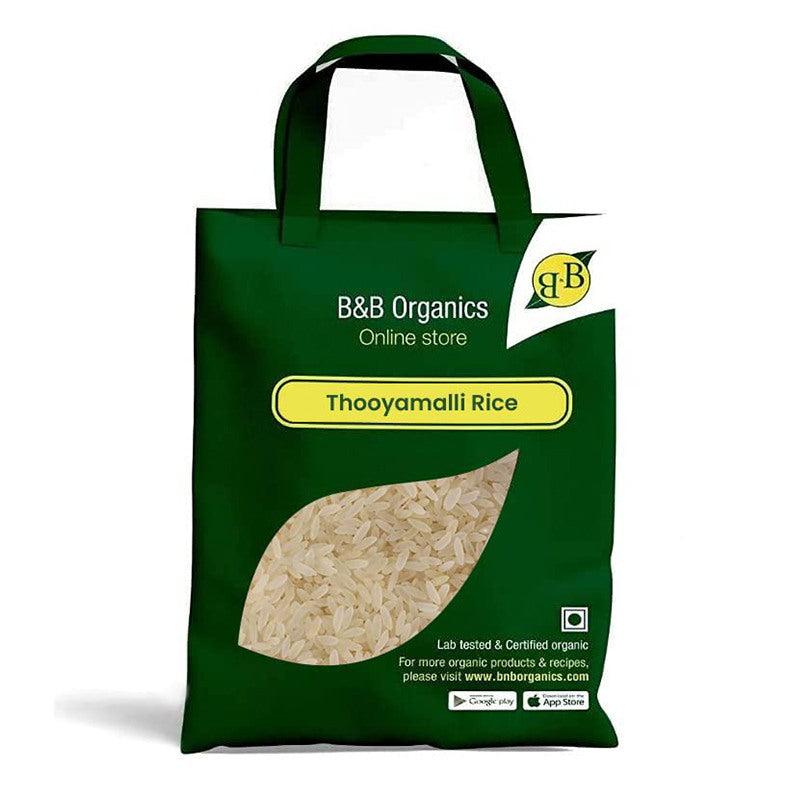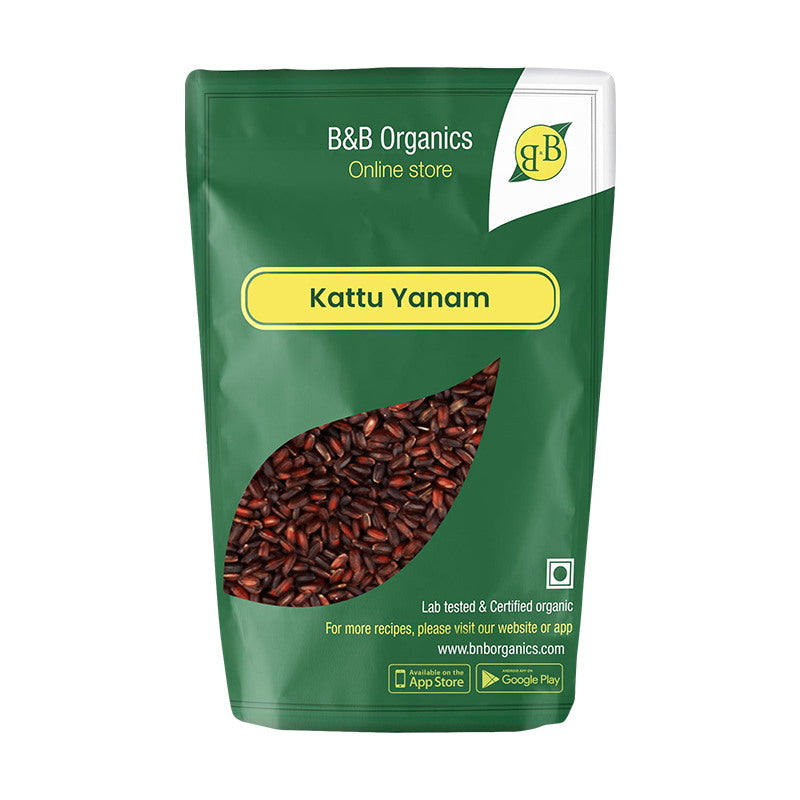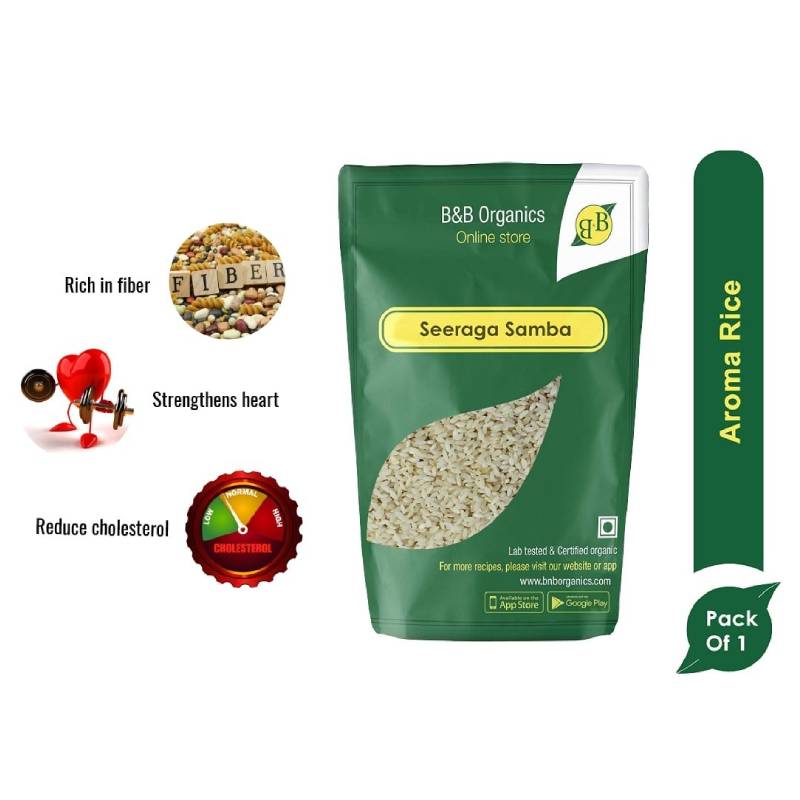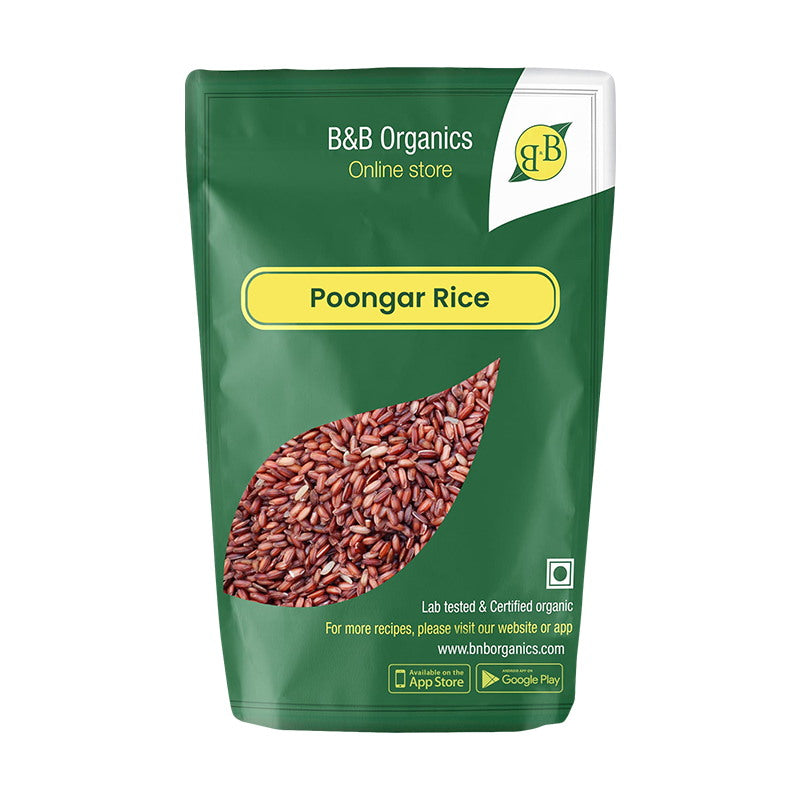Rice is often referred to as the grain of life. It makes about half of the world’s staple food with 90% of Asians consuming it on a daily basis. It would suffice to say that it plays an important role in a person’s diet. The type of rice that is available in every nook and corner of the country is called “white rice”. It is available in a number of shapes and sizes ranging from long grain basmati rice to short grain idli rice. They are all that you see these days!
So, naturally, it would come like a shock to many to learn that there are other varieties of rice that differ not only in colour but in other important aspects like shape, texture, aroma, size, nutrient content etc. Brown rice has been popularized due to its impressive list of health benefits but there are other kinds of rice that have been grown in our countries for ages and have been forgotten since. During the green revolution, farmers could get white rice seeds at cheap prices and hence they didn’t bother saving traditional rice seeds for later, in essence we lost a lot of our traditional land races just because we were given a “better” alternative.
What’s so special about traditional rice varieties?
In Ayurveda, traditional rice is said to have a lot of medicinal properties and were popularized as foods that help one stay young and energetic. Vridhha trayi (The elder ones), in ayurveda, described red rice as the best to restore humors in the body. They are also called ‘Shastika’ deemed capable of restoring and healing imbalances in the body. In words of science, Traditional rice varieties are found to be brimming with nutrients like Thiamine, riboflavin, Vitamin D, Calcium, glutamic acids and high fibers. Certain varieties contain anthocyanins (responsible for pigmentation) which are antioxidative, antinflammatory and anticarcinogenic. They have less fat, low sugar, no gluten and the presence of a chemical called oryzenol helps prevent building of cholesterol in the body, making them an ideal food for diabetics and blood pressure patients. Another really unique quality present in them is that they work as free radical scavengers in our body. Free radicals are responsible for causing oxidation (it really isn’t good, be it inside or outside the body!), they hunt are expel them. They have the ability to improve one’s vocal clarity, eyesight, fertility and remove mitigating rashes; not only this, they are actually cool i.e. they induce a cooling sensation when ingested!
Traditional rice in various cultures
Traditional rice varieties are many and are dependent on the soil, climate and region they are grown in. In earlier times, they served as food for the families that grew them! Rice was also known to have medicinal importance and fix a lot of problems. For example: Mapillai Samba, a rice variety indigenous to Tamil Nadu, is becoming more and more popular owing to its strength giving properties which have been scientifically verified. Another example is the Poongar red rice grown in Tamil Nadu which is especially good for women and helps them fight a lot of health problems.
Apart from being healthy, traditional varieties are grown keeping in mind the type of soil and resources available and don’t require fertilizers and pesticides. Farmers are excited to grow these varieties but are being held back by the lack of demand!
Why is there a lack of demand?
With the onset of popularity of White polished rice, the traditional rice varieties slipped into oblivion. The need for mass production and better yield brought the cultivation of traditional grains to halt.
How to bring them back?
We are conscious of what we eat and what it does to our body. We want to know what it contains and want to give ourselves a healthier alternative at every step. That is what starts the comeback of traditional rice varieties to our table, the efforts of socially conscious people and their motive to bring out what was lost. Recently many varieties of traditional rice like Gobindobhog, Joha, Mysore Malli, Mapillai Samba, Karun Kuruvai are being made available to the masses in an effort to promote healthy eating habits and inculcate them into our diets, making a healthy society as a whole.
B&B Organics sells more than 40 types of traditional rice which are difficult to find in markets. “To try the product, please click the button below”



